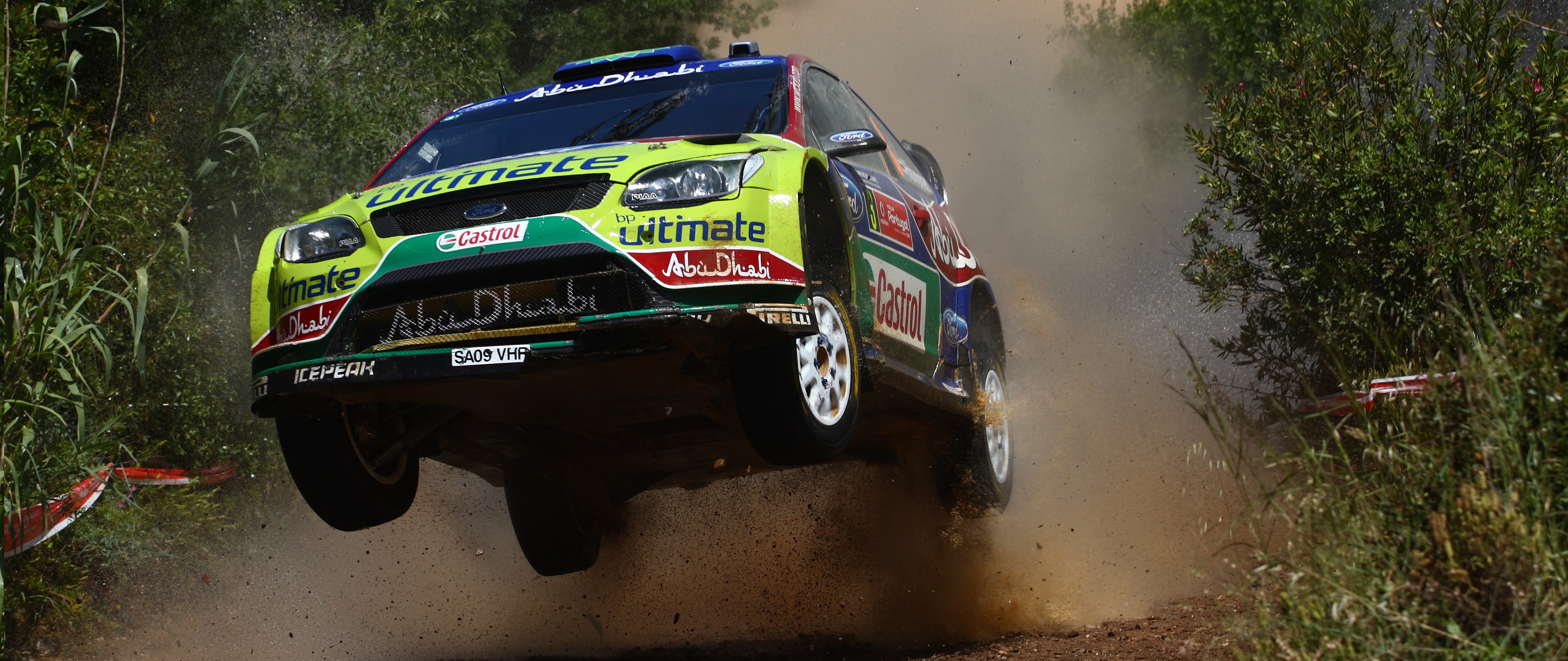Carrying Speed
It is paramount to keep the vehicles speed high to win a
rally race, so sometimes it is necessary to go air borne.
This requires excellent pace notes and takeoff. WRC Cars
tend to point their nose upwards over very long jumps,
because their spoilers are designed to add down force. This
can lead to pretty extreme crashes, so very long jumps tend
to be avoided. On the other hand, cars can nose dive,
depending on the curvature of the road, and this is a
consequence of angular momentum, and the front wheels
leaving the ground first. Special care is needed when
approaching a jump. Throttle just prior to takeoff can help
keep the nose up, and braking will lead to a nosedive.
Landing
Of course, the landing is just as important as the takeoff.
A straight landing is critical, as it can be extremely
difficult to keep a car on the road if it lands slightly
crooked, without the rear wheels behind the front wheels.
Further, there is obviously no possibility of steering input
while the vehicles front wheels are off the ground, so the
pace notes need to be spot on, and prompt the driver to keep
left or right if necessary.
Summary
Rally involves an incredible amount of engineering and
physics. The amount of talent that is displayed by drivers
is astounding, and the mixture of astounding vehicle control
and state of the art engineering creates one of the most
interesting sports there is.
